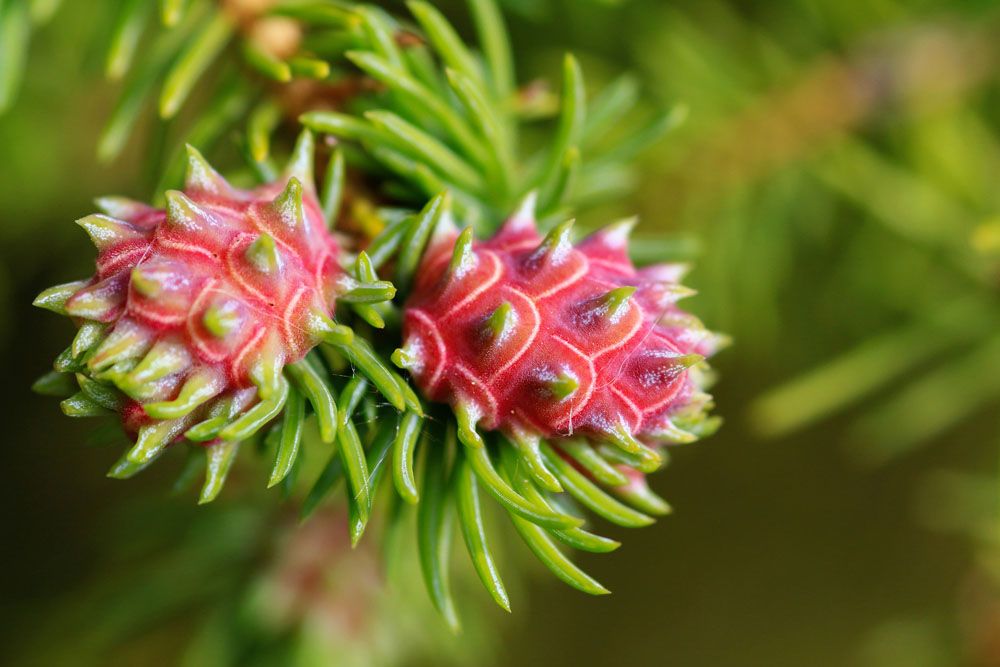
Cooley Spruce Gall Adelgid – Adeleges cooleyi
Cooley Spruce Gall Adelgid (Adeleges cooleyi)
Latin Name: Adeleges cooleyi (Gillette)
Common Name: Cooley Spruce Gall Adelgid
Appearance:
The Cooley spruce gall Adelgid is a little black bug with a soft body that can be wingless or winged.
- To suck sap from its host, it has piercing-sucking mouthparts.
- The pineapple- or pinecone-shaped swelling or gall on spruce trees indicates its existence. This gall only appears at the beginning of fresh growth.
- Galls are green or purple in hue, and when they dry up in the summer, they turn brown. They may be mistaken for cones once dried.
